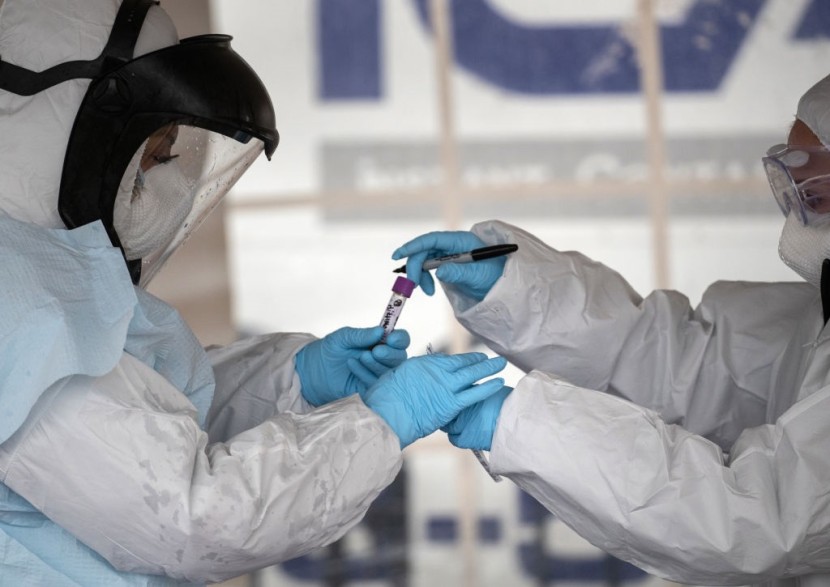
The subject of COVID-19's airborne transmission has been argued upon since its prevalence. The World Health Organization (WHO) has consistently downplayed the possibility that it could be, but following 237 experts alleging that the novel coronavirus is indeed airborne, we need to be more vigilant.
Mounting scientific evidence indicated that the coronavirus can linger aloft for hours in small droplets in stagnant air which can lead people to contract the virus.
People are the most susceptible to the virus in packed indoor spaces with less ventilation, as also indicated by its prevalence in churches, meatpacking plants, and restaurants, reported Irish Times.
Scientists across the globe have been tackling to assess the transmission of the coronavirus since the pandemic marked its beginning.
Public health guidance initially stated its primary transmission is through large respiratory droplets discharged by a person diagnosed with the virus coughing or sneezing, according to Fox6 News.
On Thursday, the WHO then released new measures on the transmission of the coronavirus, taking into account a number of reports of airborne spread. The updated scientific guidelines on its transmission indicated that airborne spread can transpire in health care locations wherein specific medical procedures can produce very small droplets -- aerosols that can evaporate and be dissemminated much faster, reported Times Now.
Over 230 scientists have reached out to the United Nations agency persuading them to make alterations to their guidelines pertaining to the probability of COVID-19's airborne transmission.
The aforementioned scientists acknowledge that the coronavirus can be transmitted through microscopic respiratory droplets and not merely within 6 feet but up to many meters in enclosed indoor spaces.
Two hundred thirty-nine scientists from 32 countries released a commentary on the Clinical Infectious Diseases and underscored evidence the coronavirus' possibility of lingering in the air.
The manuscript indicated, "There is significant potential for inhalation exposure to viruses in microscopic respiratory droplets (microdroplets) at short to medium distances (up to several meters, or room-scale), and we are advocating for the use of preventive measures to mitigate this route of airborne transmission."
Here are recommendations taking into account the said airborne nature:
1. Social distancing is still necessary as close proximity to an infected person denotes more exposure to a greater number of aerosols and droplets.
2. Hand-washing for at least 20 seconds still remains to be a vital practice.
3. As per the recommendation of health officials, the 3 Cs are underscored: Avoid crowds, avoid closed spaces having poor ventilation, and avoid close contact with other individuals.
4. Don a face shield when venturing outside in the said crowded locations to alleviate respiratory infections.
5. Avoid touching your face if unnecessary.
6. Consider wearing a mask in indoor spaces.
According to Dr. Robert Glatter, an emergency physician at the Lenox Hill Hospital in New York City, "Since aerosolized droplets (containing viral particles) may remain in poorly ventilated rooms for minutes to several hours, the importance of wearing a mask while indoors should strongly be considered."
Related Article : Experts Claim COVID-19 is Airborne, May Spread Despite Social Distancing








